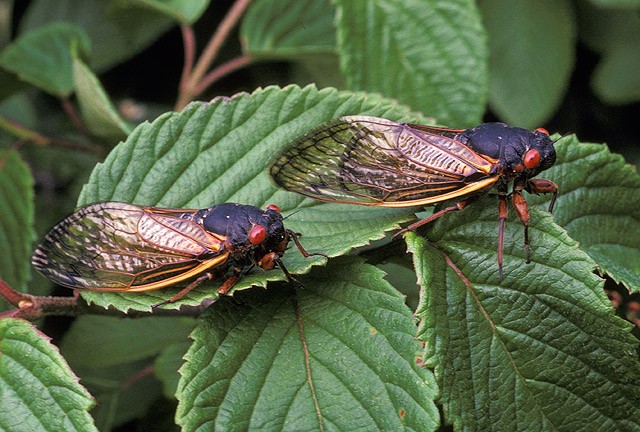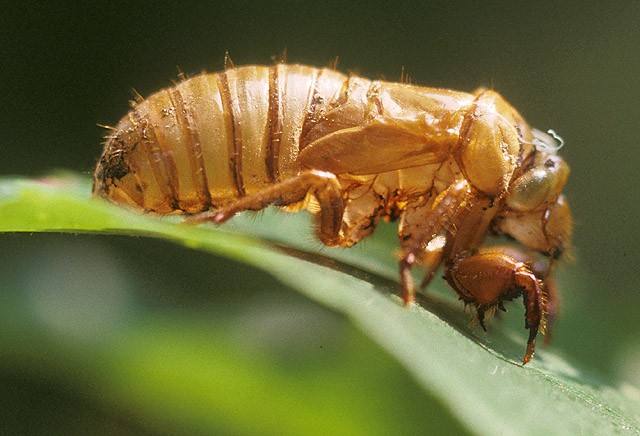
WVXU: Cicadas mean good news for gardens
UC adjunct professor Joshua Jones talks about 17-year cicadas
The emergence of 17-year cicadas this year could be good for your garden, according to a University of Cincinnati gardener.
Cicadas in Brood X are expected to emerge in the billions across most of the United States.
UC College of Design, Architecture, Art, and Planning adjunct professor Joshua Jones talked to WVXU’s Cincinnati Edition about how gardeners could put the pesky insects to good use. He works as director of greenhouse operations for Waterfields.
“If you put these cicada shells, which will be in extreme abundance, into your compost or turn them into your soil, it’s a wonderful food for beneficial bacteria and fungus,” Jones told Cincinnati Edition host Michael Monks. “It’s a really good year to inject some life into your soil.”
For people who are more adventurous, cicadas can make an unexpected appetizer, Jones said.
“I have actually eaten many cicadas. Their shell is made out of chitin. It’s fully digestible to us. It’s pretty nutritious,” he told WVXU.
Featured image at top: Cicadas from Brood X are set to emerge this spring. Photo/USDA

UC adjunct professor Joshua Jones says even the shed chitinous exoskeletons of molting cicadas can benefit soil and compost. Photo/USDA
Related Stories
Ohio could soon make breast cancer screenings more affordable
May 9, 2025
The University of Cincinnati Cancer Center's Ann Brown was featured in Local 12 and Cincinnati Enquirer reports on a bill introduced by Rep. Jean Schmidt in the Ohio legislature that seeks to eliminate out of pocket medical expenses such as copays and deductibles associated with supplemental breast cancer screenings.
PHOTOS: 2025 DAAP Fashion Show
May 9, 2025
Over 900 people attended DAAPFASH25, a fashion show that highlights the collections of the fashion design Class of 2025. The show is now in its 72nd year.
Preparing students for artificial intelligence in education
May 8, 2025
Laurah Turner, PhD, associate dean for artificial intelligence and educational informatics at the University of Cincinnati's College of Medicine, recently joined the For The Love of EdTech podcast to discuss the usage of personalized learning and AI coaches to enhance educational experiences.
